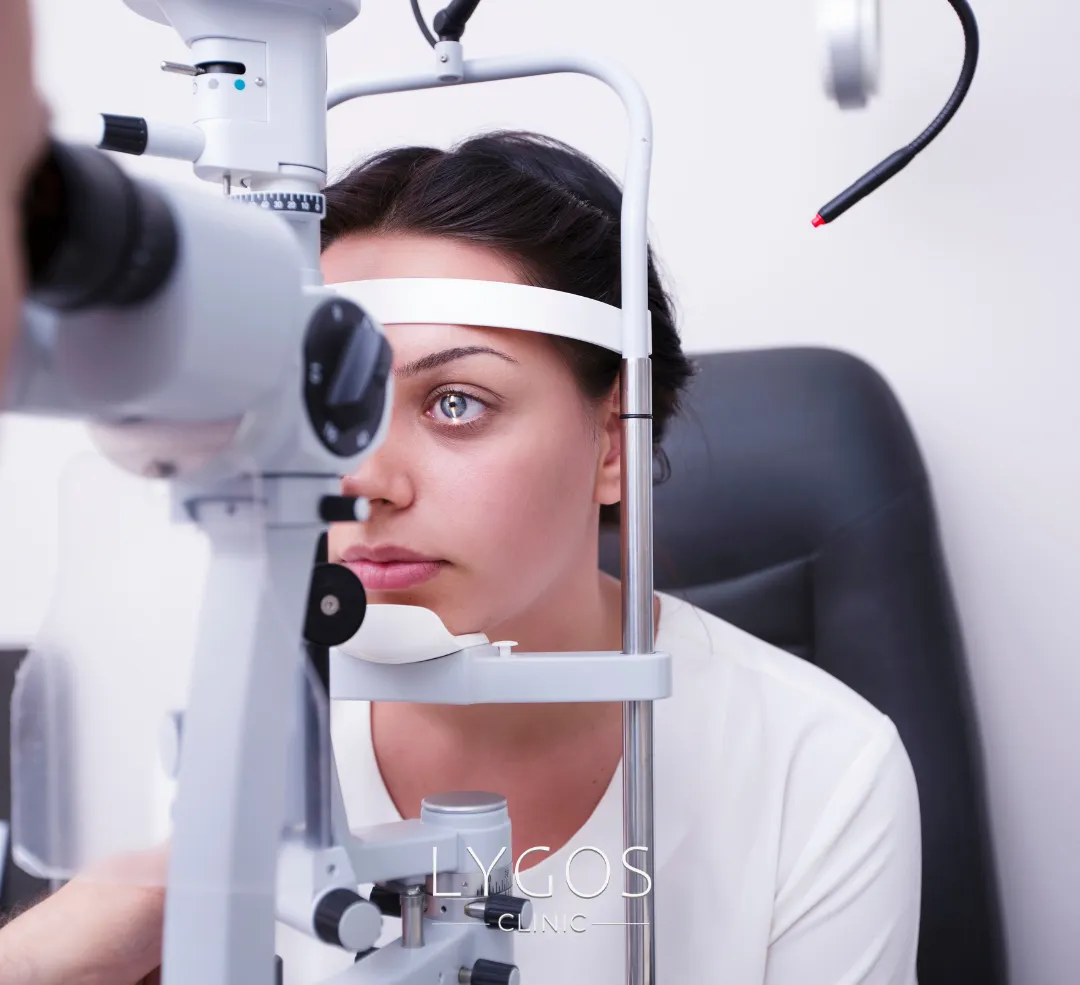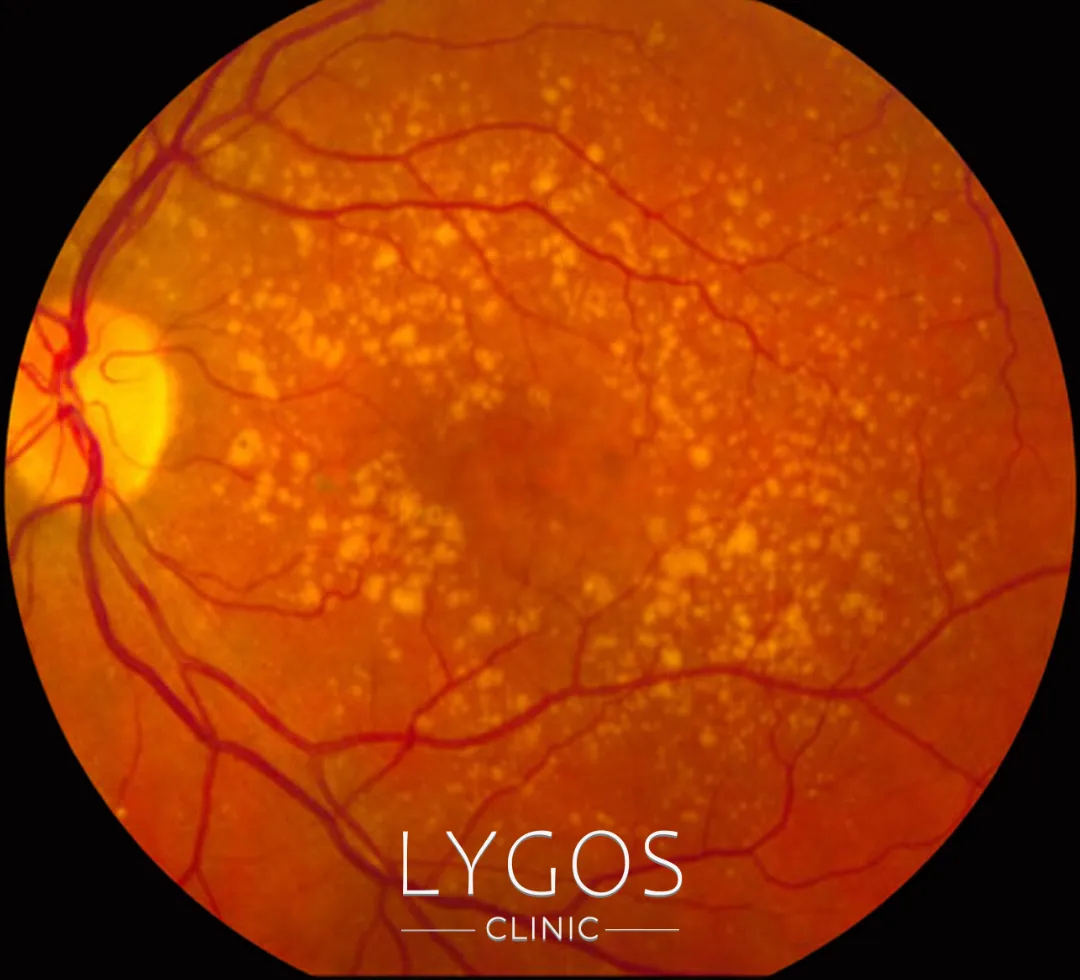What is Smart Lens (Intraocular Lens)?
Toric lenses have the ability to correct astigmatism. Some smart lens models are light-sensitive and can automatically focus according to lighting conditions. Implantation of intraocular lenses aims to improve patients' quality of life. Thanks to this technology, more personalized and effective solutions to visual impairments can be offered. This improved visual comfort offered by smart lenses is considered a significant advance in the field of eye health.
Get a Free Consultation
Choose Your Topics
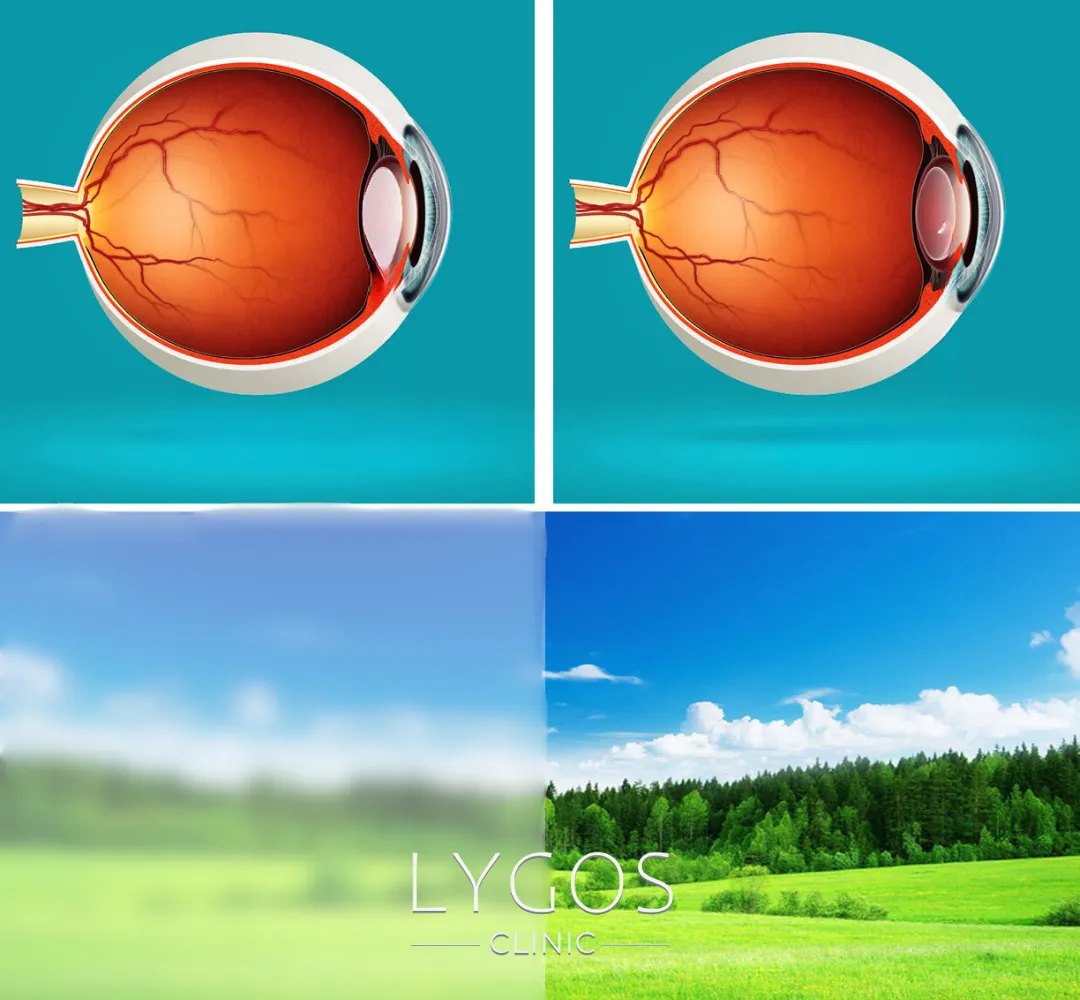
What Does Smart Lens Do?
Technological advances in the field of eye health have contributed greatly to the development of smart lenses. Smart lenses are intraocular lenses, usually used in cataract surgery, and aim to correct vision problems by placing them inside the eye. So, what does a smart lens do?
Smart lenses are mainly used to treat conditions such as blurred vision caused by cataracts. Cataracts occur when the lens of the eye loses its transparency. This reduces the quality of vision. Smart lenses help individuals achieve clear vision by reducing or completely eliminating this blurring. This technology aims to improve patients’ quality of life after surgery. Smart lenses involve the personalized design and implantation of the intraocular lens.
In this way, it offers solutions suitable for the individual visual needs of patients. There are various types of smart lenses. Monofocal lenses focus on a specific distance, while multifocal lenses provide clear vision both near and far. Toric lenses correct astigmatism. Some models are light-sensitive and can focus automatically according to lighting conditions.
The use of smart lenses has become an increasingly common technology for treating vision disorders and enabling patients to experience clearer vision. These lenses are a revolutionary innovation in the field of eye care, offering more personalized and effective solutions to vision problems. By doing so, they significantly improve patients' quality of life.
What is Smart Lens Surgery?
Smart lens surgery is defined as a surgical procedure that involves the implantation of a special lens into the eye. These smart lenses, known as “intraocular lens” (IOL) in medical language, are used in cases where the natural lens inside the eye has become cloudy or has lost its function.
Smart lenses are preferred to correct visual impairments such as cataracts or to treat various eye defects. This surgery is performed when the natural lens inside the eye has lost its function. First, the clouded or damaged natural lens is removed and replaced with a specially designed smart lens. These lenses improve the patient’s quality of life by improving visual clarity and focusing ability.
Smart lenses are available in several types and can be selected according to the patient's needs. Monofocal lenses allow focusing at a specific distance, while multifocal lenses offer clear vision at both near and far distances. Toric lenses correct astigmatism. Smart lens surgery is performed using modern surgical techniques and advanced technology. This allows patients to recover quickly and return to their daily activities. By offering customized solutions, smart lenses effectively treat vision problems and provide patients with clearer and more comfortable vision.

How is Smart Lens Surgery Performed?
- Patient Evaluation and Measurements: Before the surgery, the patient's eyes undergo a detailed examination. The ophthalmologist analyzes the patient's current visual status and takes the necessary measurements to select the most suitable smart lens.
- Anesthesia: On the day of surgery, the patient is usually given a local anesthetic. This prevents any pain or discomfort during the surgery.
- Eye Incision: The surgeon makes a small incision in the cornea. This incision allows the smart lens to be inserted.
- Removal of the Natural Lens: When the natural lens in the eye becomes cloudy, especially in cases such as cataracts, it is removed by the surgeon. This step allows a clearer lens to be implanted.
- Placement of the Smart Lens: The selected smart lens is carefully placed in place of the natural lens. This lens is specially selected according to the patient's visual needs and eye structure.
- Wound Closure: Once the smart lens is in place, the surgeon closes the incision. The techniques used at this stage ensure that the wound heals quickly and smoothly.
- Eye Follow-up and Recovery: After the surgery, the patient is monitored by the ophthalmologist for a while. It is important for the patient to follow certain care instructions so that the eye heals properly and the smart lens delivers the expected results.

First Step
Before the surgery, the patient's eyes are examined in detail.

Second Step
On the day of surgery, the patient is usually given local anesthesia.

Step Three
The surgeon makes a small incision in the cornea. This incision allows the smart lens to be inserted.
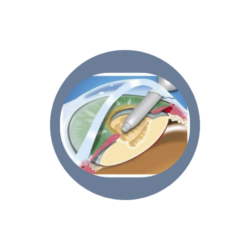
Step Four
When the natural lens inside the eye becomes cloudy, especially in cases such as cataracts, it is removed by the surgeon. This step allows a clearer lens to be implanted.

Step Five
The selected smart lens is carefully implanted to replace the natural lens. This lens is specially selected according to the patient's visual needs and eye structure.

Step Six
Once the smart lens is in place, the surgeon closes the incision. The techniques used at this stage ensure that the wound heals quickly and smoothly.

Seventh Step
After surgery, the patient is monitored by the ophthalmologist for some time. It is important that the patient follows certain care instructions so that the eye heals properly and the smart lens delivers the expected results.

Who is Suitable for Smart Lens Surgery?
Patients who need smart lens surgery and for whom these lenses can be applied may face various vision problems. The advantages offered by this technology are highly valuable for patients with certain criteria. So, who is suitable for smart lens surgery?
People who are under the age of 35-40 and whose eye numbers are too high to be corrected with laser:
These patients may not achieve adequate results with laser treatment because their eye numbers are too large. Smart lenses offer an effective solution to correct such high-grade refractive errors.
Patients over 40 years of age who cannot see both far and near and have difficulty seeing intermediate distances: Patients with age-related difficulty in both distance and near vision can achieve clear vision at all distances with smart lenses. People who have undergone laser surgery but have deformed lenses and have reduced vision: Smart lenses can be an effective solution to restore the quality of vision for patients who have previously undergone laser treatment and have experienced lens deformation.
Patients with cataracts who desire glasses-free vision for both distance and near vision impairment: Patients who want a clear vision without glasses after cataract surgery can achieve this with smart lenses. Patients with visual impairment and corneas too thick to be corrected with laser: For these patients, trifocal lenses offer a great advantage by providing clear vision at all distances. Smart lens technology offers a personalized and effective solution for patients struggling with various visual impairments. These lenses improve quality of life, allowing patients to perform their daily activities more comfortably.
Smart Lens Brands
Smart lens technology is developed and produced by many companies around the world. Among the prominent companies in this field are American and European brands that have received FDA approval. Especially smart lens brands such as Alcon, Zeiss and Johnson & Johnson stand out with their leading positions in this field.
In Turkey, VSY stands out as an important local company in smart lens production. With its world-class intraocular lenses, this company has established a strong position in both domestic and international markets. The quality and reliability of smart lens brands are also proven by the approvals received by the companies. FDA-approved products are made available to patients after undergoing rigorous tests and evaluations.
In this way, patients have access to safer and more effective treatment options. Both internationally recognized brands and domestic manufacturers aim to improve the quality of vision of patients by constantly improving smart lens technology. With the contributions of these companies, smart lenses offer an effective solution against visual impairments and improve the quality of life of patients.


Intraocular Smart Lens Treatment
Today, rapid advances in technology and medicine have led to major transformations in treatment methods for eye health. In this context, intraocular smart lens treatment is one of the important developments that offer innovative solutions to vision problems.
Intraocular smart lens treatment, as the name suggests, can be defined as a special lens implanted into the eye. These lenses have been developed specifically to solve eye problems such as cataracts. Unlike traditional lenses, smart lenses are equipped with advanced technologies that allow light to focus more effectively inside the eye. Smart lens surgery is a surgical procedure usually performed to treat cataracts.
This surgery is performed when the natural lens of the eye has become cloudy, by removing it and replacing it with a special smart lens. Smart lenses are designed to improve patients' quality of vision and provide clear vision at both near and far distances. During surgery, the surgeon removes the natural lens from the eye and implants a smart lens that best suits the individual's needs. This helps patients achieve clearer vision. Smart lenses are notable for their ability to adapt to different focal lengths and are often preferred to correct age-related visual impairments.
After Smart Lens Surgery
There are some important points to be considered after smart lens surgery. These precautions are of great importance both for protecting your health and for the successful outcome of the treatment. You can be discharged immediately after the surgery. However, you should definitely rest and rest your eyes for 1-2 hours after this process.
After the intervention on your eyes, you should wear a protective cap that will protect your eyes from external factors. When going out two days later, you should wear sunglasses to protect yourself from the harmful rays of the sun. After smart lens surgery, you will need to make some restrictions in your daily activities. In particular, you should not tilt your head forward too much and lift heavy objects.
Stinging, burning and similar discomfort may occur in the eyes after surgery. These symptoms are normal and usually temporary. However, you should not rub your eyes to alleviate these discomforts. It is very important to use the eye drops prescribed by your doctor regularly during the treatment process. These drops help reduce the risk of infection and speed up the healing process. By strictly following your doctor's instructions, you can protect your eye health and ensure a successful outcome of the treatment. These simple but effective measures will ensure that you have a healthy recovery after smart lens surgery and restore your vision quality in the best possible way.
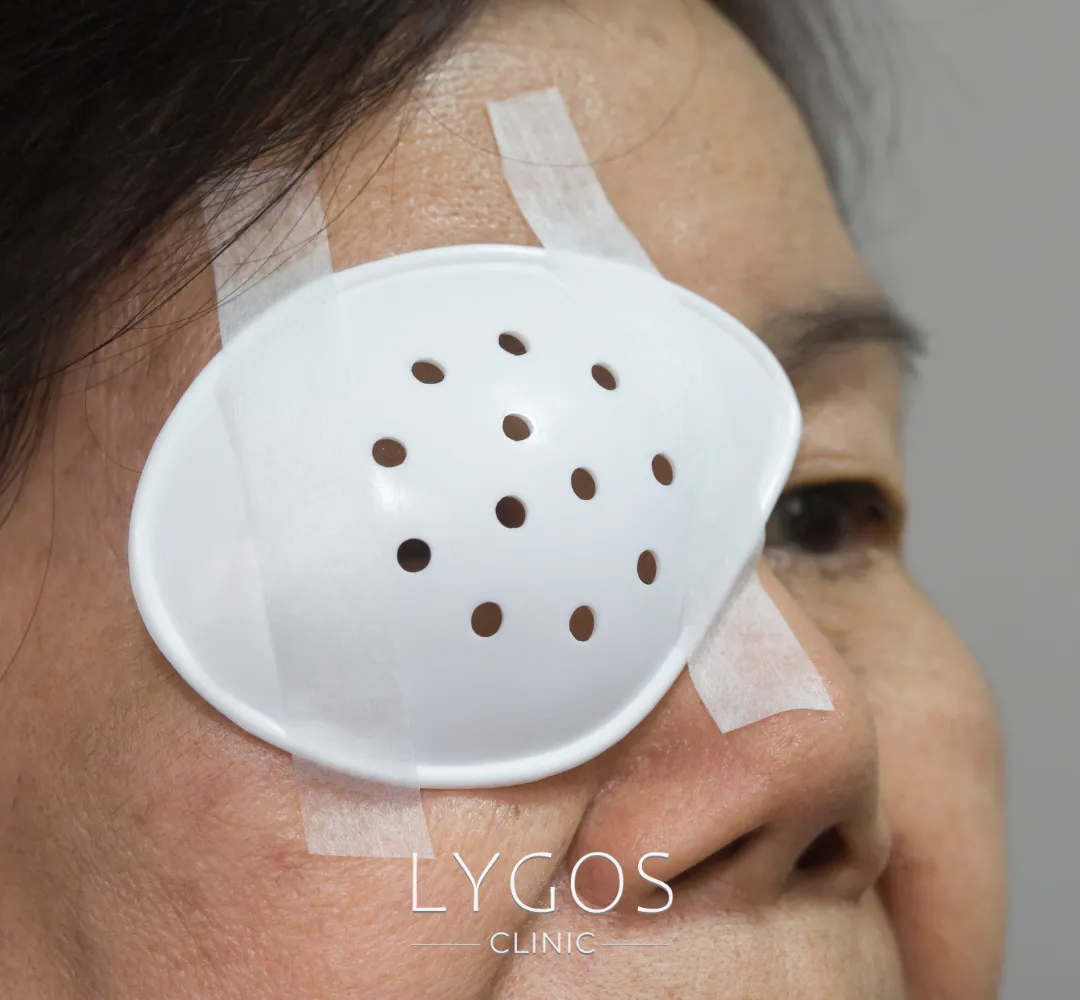

Smart Lens Surgery Costs
Another curious issue about smart lens surgery is the cost of this operation. Smart lens surgery costs may vary depending on the procedure performed and the health institution where the procedure is performed.
It is important for individuals considering this surgery to have a detailed discussion with a specialist, taking into account their own health status and risk factors. The information and support you will receive from health institutions and experts will help you make the right decision in this process.
Get a quote for smart lens surgery
Frequently Asked Questions About PRK LASIK Eye Surgery
BLOG

Is Breathing Through the Mouth Harmful?
Chose Your Topic Is Breathing Through the Mouth Harmful? Breathing is one of the most fundamental needs of life. However,

Does Rice Water Make Hair Grow? | Benefits of Rice Water
Chose Your Topic Does Rice Water Make Hair Grow? Natural methods in hair care have become quite popular in recent

Breast Lump | Types: Benign, Malign and Causes | LYGOS 2025
Breast Lump While cancer stands out as one of the most common health problems today, early diagnosis rates are also


